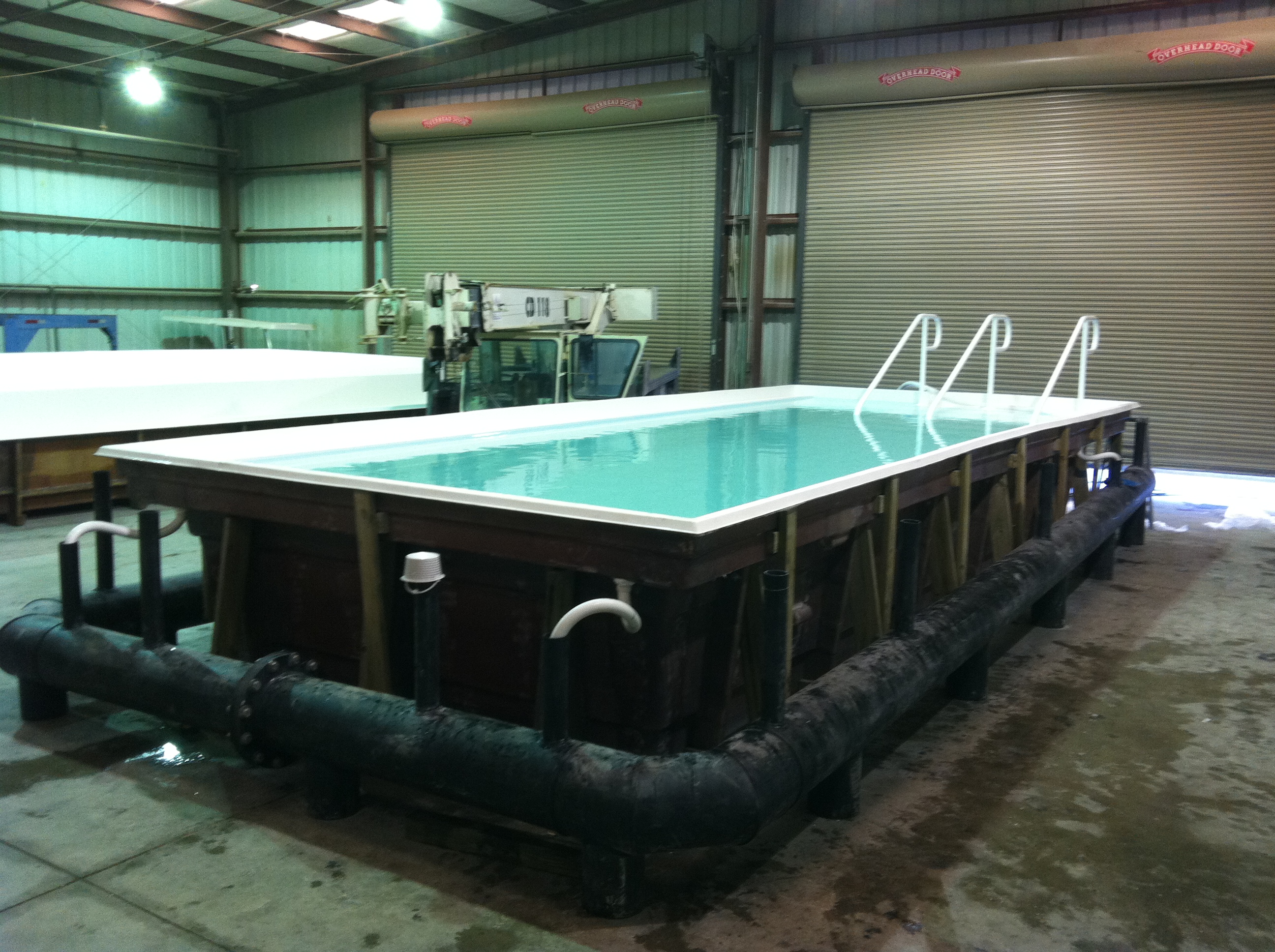

Research has provided us with the best knowledge available to work with clients to plan our treatment/management approach to achieve the best outcome for the individual.

These days the terminology “aquatic physiotherapy” is often used to describe what physiotherapists do in the aquatic environment. Physiotherapists used their knowledge of anatomy, physiology and exercise as well as their hands on skills and techniques to improve the rehabilitation process, health and well-being of clients with a range of problems. Hydrotherapy was traditionally seen as physiotherapy in water. It has been shown to improve mood and sleep in some, fitness and weight loss in others. Hydrotherapy can decrease pain and swelling, increase function, strength and range of movement. The unique properties of water, including the decreased effects of gravity, the effects of buoyancy, hydrostatic pressure are used by the physiotherapist along with their diagnostic skills, exercise knowledge and other treatment techniques to enhance the recovery and rehabilitation of clients with a wide range of conditions and provide a unique environment to maintain health, well-being and fitness. Hydrotherapy is the use of water for therapy, rehabilitation, exercise, relaxation and more.

movement in water for people with disabilities (NDIS providers).


 0 kommentar(er)
0 kommentar(er)
